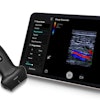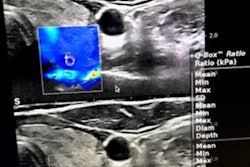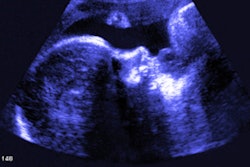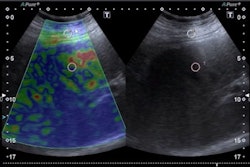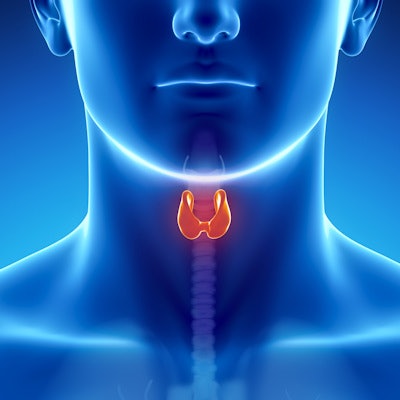
Shear-wave elastography values are higher in children with Hashimoto's thyroiditis and Graves' disease compared with healthy children, a Turkish study published December 9 in Archives de Pédiatrie has found.
Although the study findings are promising for identifying autoimmune thyroid diseases in children, authors Dr. Eda Celebi Bitkin and Dr. Nursen Toprak from Van Yüzüncü Yıl University wrote, although they noted that elastography by itself is not enough to differentiate between the two diseases.
"If the clinical aspect is poor or thyroid-stimulating hormone receptor antibodies are missing, the combined use of conventional ultrasound and acoustic radiation force impulse may be helpful in distinguishing between the two diseases," the authors wrote.
Hashimoto's thyroiditis and Graves' disease are autoimmune diseases that affect the thyroid gland. Ultrasound findings and autoantibody elevation are typically used to diagnose either disease. In rare cases, ultrasound findings may be normal in both diseases, but previous research has suggested that shear-wave velocity values from elastography are higher in autoimmune thyroiditis than in healthy thyroid glands.
Bitkin and Toprak explored the use of elastography in 88 pediatric patients with Hashimoto's thyroiditis and Graves' disease. Out of these, 28 had Hashimoto's thyroiditis, 20 had Graves' disease, and the remaining 40 were healthy controls. All patients underwent thyroid elastography and ultrasound.
The duo found that shear-wave velocity values of patients with either disease showed higher thyroid tissue stiffness than healthy controls, but when such values were compared between both diseases, the team found no significant difference (p = 0.73). As for conventional ultrasound, patients with Hashimoto's thyroiditis had a hypoechoic echo pattern similar to those with Graves' disease (p < 0.05).
"These ultrasound imaging findings reflect longer-term inflammation and may not be found in the early stages of thyroiditis," Bitkin and Toprak wrote.
The researchers did not track disease stage in their study but suggested that the degree of tissue stiffness may change as the diseases progress. They called for future studies to consider disease staging, especially for patients with Hashimoto's thyroiditis.

